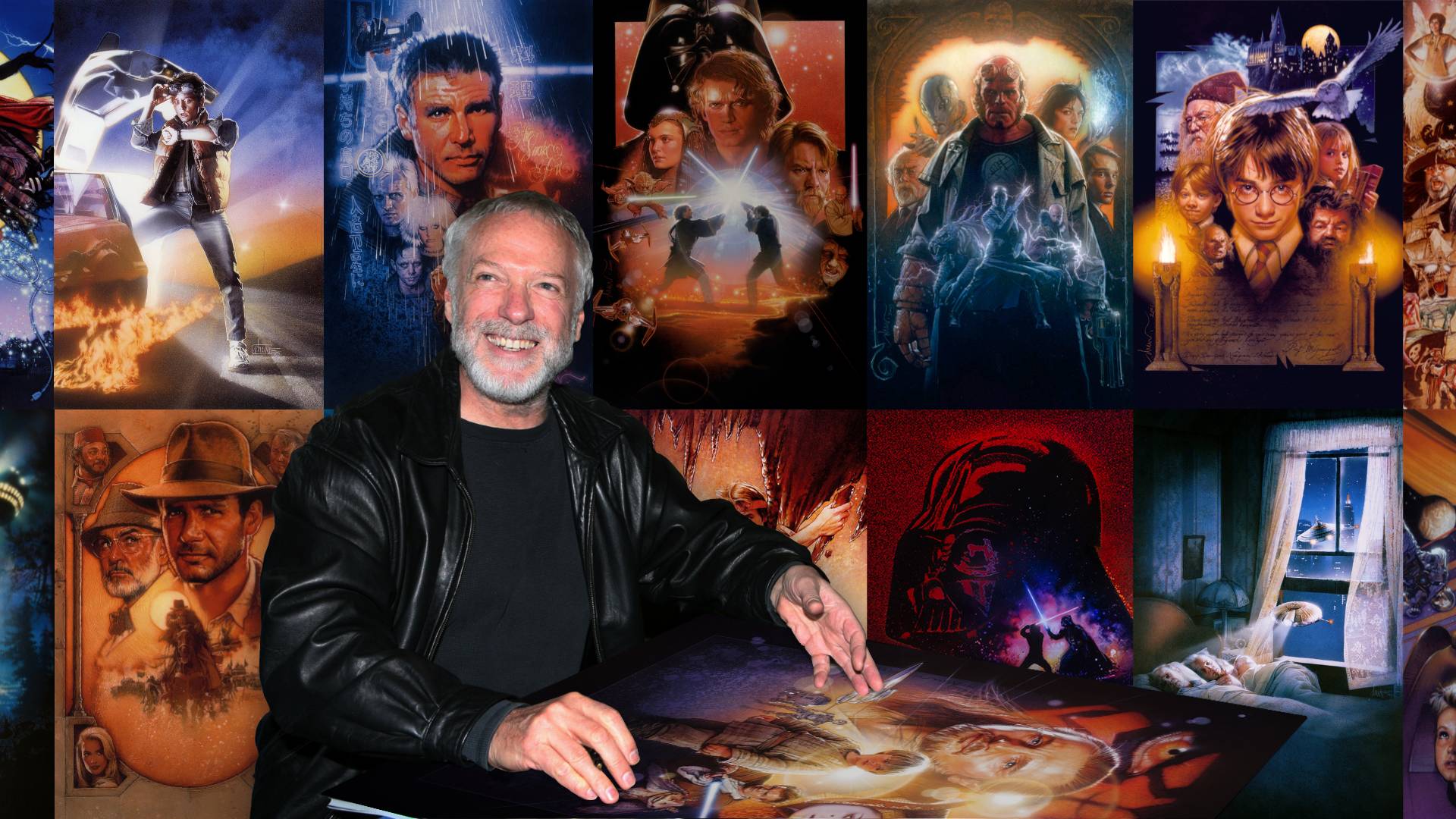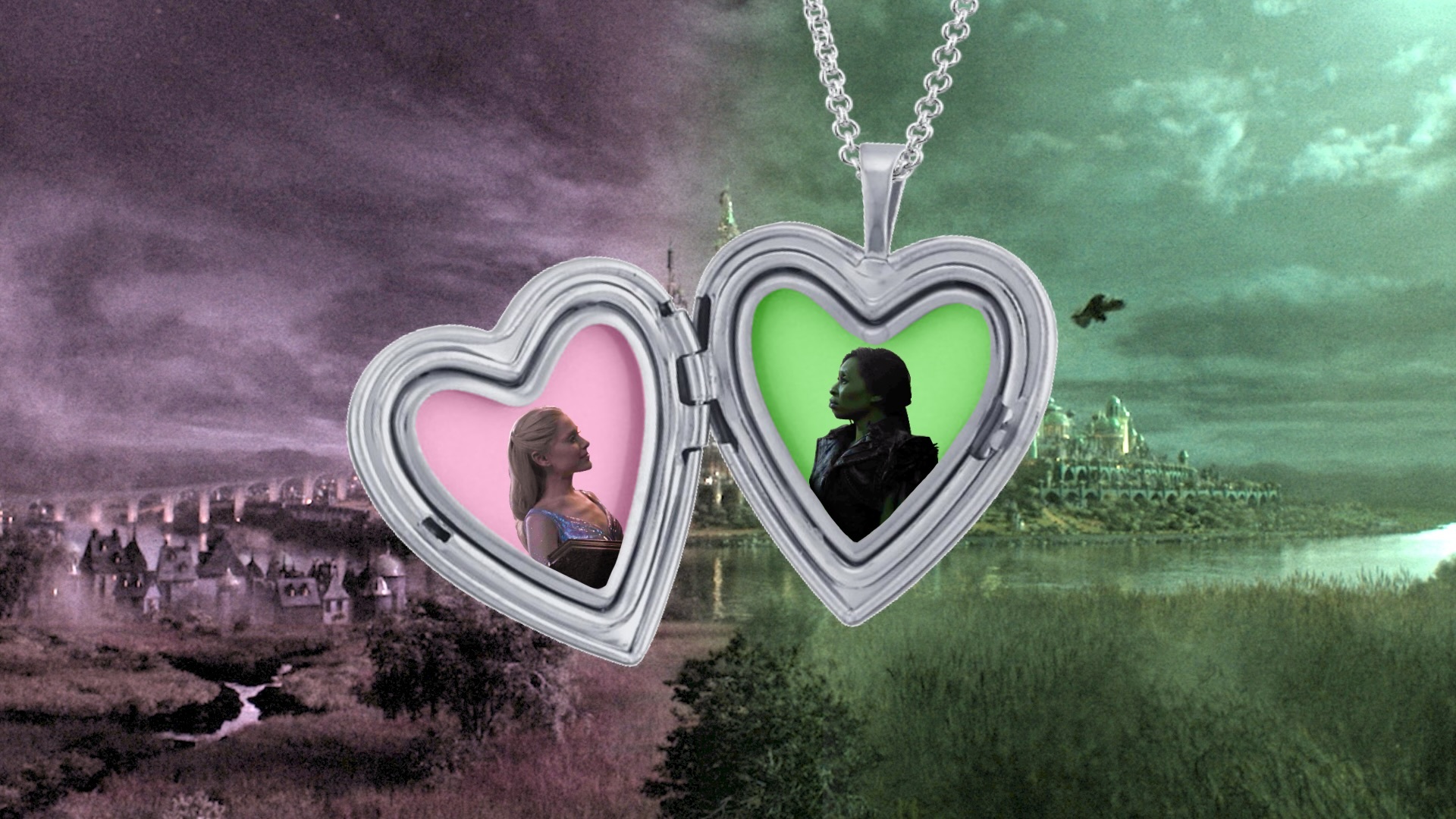While comic-book movie adaptations in recent years have been a hit-or-miss for both general audiences and critics alike, a select few films have stood out as black sheep, departing from the typical cookie cutter action blockbuster formula. Before Todd Phillips’ rendition of the Joker was introduced to audiences in 2019, the last movie rendition of this character was Jared Leto’s Joker from Suicide-Squad (2016). It is widely agreed to be the worst interpretation of this character, as Suicide Squad is regarded as a prime example of a souless corporate hit.
Joker (2019) is one of the standout films in this genre, taking inspiration from 70s cinema classics such as Taxi-Driver and Dog Day Afternoon. The director of the psychological thriller, Todd Phillips, successfully made a brutally realistic rendition of this popular character that resonated with a vast audience, making Joker the first R-rated film to make over one billion dollars in the box office (only recently being surpassed by this year's release of Deadpool & Wolverine).
What made the film so widely liked was its grittiness and abstract interpretation of an already beloved character. It wasn’t traditionally over the top or fantastical, but rather a movie that could still be watched without the DC trademark. It is clear that Phillips had passion when creating this film, which is something rare to see in Hollywood now-a-days, especially within comic book cinema. I am not here to praise the first film or to even review it, but rather to acknowledge Phillips’ artistic direction and leading actor Joaquin Phoenix's portrayal of the character.
I am, however, happy to point out that everything that made the first film resonate with audiences was completely ignored in the sequel.
Before I get into Joker: Folie a Deux, I want to talk about the success of its predecessor film. The cultural impact of Joker is undeniable, as it is both a stamp in meme culture and equally respected by many film buffs. Joker (2019) tells the story of Arthur Fleck: a man isolated and rejected by the public, mischaracterized for his neurodivergence in a world that ridicules people that do not fit into the status quo. Throughout the film, Arthur struggles to find his place in the world, as he further delves into madness through his psychotic delusions, ultimately turning on the society that repeatedly treated him so cruelly.
The revolution that takes place in the film as a result of Arthur’s immoral actions is important to note in this context, as the Batman universe depicts Gotham City as a metropolis drowned in state corruption, while in Joker, people feel inspired by Arthur to riot against the system that imposes injustice and cruelty on the underprivileged.
Understanding the movie as a fictive cautionary tale is what made people sympathize with the morally ambiguous Arthur, showcasing the inevitable breaking point of someone who has been marginalized. However, it would be ignorant to dismiss its impact on online havens that idealize incel ideology, where the understanding of the character turns into toxic romanticization.
That said, this is not an exclusive phenomenon to Joker, as many films have inspired a radical response from its fanbase. But this plays a role in the sequel and what is making it so widely disliked.
Joker: Folie a Deux (which I will now just be referring to as Joker 2) has been receiving a great deal of hostility, reviewers on Rotten Tomatoes stating “I fell asleep multiple times. It was probably the worst movie I’ve ever seen."
Looking through the reviews of both the critics and general watchers, it is obvious that people are not fond of this movie. Whether from boredom or distaste for the storytelling, DC fans and people in the film community are upset with Phillips' direction.
Personally, after watching the movie myself, all I could ask myself was the simple question: Why? Why is this movie so hated? As a casual comic-book movie watcher and film enjoyer, I thought it was alright. Phillips did not let down in his casting; Phoenix and Gaga did not disappoint in their leading performances. Not to mention the stylistic visuals and animated opening sequence, which I found to be an engaging first impression going into the movie. However, the film being a courthouse drama and having only two main settings (The court and the asylum) kept things rather stale, but the scenes with Harley Quinn kept the movie going by offering something new to the continuation of the story. Although some songs and scenes were dragged out, I would say my viewing experience was not all too bad. I couldn’t help but go down a rabbit hole after talking about this movie with my dad, brother, and boyfriend (who all HATED the film). After hearing their opinions and doing my own research (looking up peoples reactions on twitter) I came to a striking conclusion on why this movie sucks.
Looking at Todd Phillips and his filmography, Joker 2 is the only other sequel in his roster aside from Hangover 2. It is no doubt that Phillips has artistic vision, hence why Joker 2 is not necessarily bad in a corporate sellout way, but is actually quite the contrary. Well this is a subjective statement, I think that from my own knowledge of cinema and art that this movie was purposely made to get the reaction that it is getting, as making a generic supervillain movie that lacked any soul would be too easy, too predictable. According to an interview conducted by Variety magazine, it was reported by an agent of Phillips that he “wanted nothing to do with DC” during the making of the film. Based on presumption, it appears that the studio wanted to capitalize off of the first movie’s success, regardless of the artistic wishes of the director. This is not uncommon in the industry, many executives unfortunately only see dollars in their eyes. Forcing a director with a vision to pump out products of mindless entertainment is a disaster waiting to happen…
Even leading actor Joaquin Phoenix’s enthusiasm for the film was absent despite being in the starring role. Like Phillips, Phoenix seems rather franchise-averse, having no other sequels to speak of on his resume. In another interview with Cinema Blend Phillips stated “[Joaquin] literally said to me ‘I’m not doing this movie unless I am as scared as I was in the first one’... He was petrified in the first movie, the way you want an actor to be. And so the reason he would not be interested in this sequel is because that feeling goes away.”
Taking this into account, I believe that due to his signed contract with DC, Phillips had two options: sell out and give the studio the soulless cash-grab that they want, or make something so perfectly bad that it remains art. Either way this sequel was doomed to taint its original. To create something that was never intended to be made, or in this case not even wanted was destined to fail. Some stories don’t need to be continued. In fact, ambiguous endings can be what makes a work brilliant. There was no story to be continued.
The opening of the movie did not include the iconic DC comics introduction and instead opened up with an animated sequence reminiscent of 1970s cartoons. While this could be an indirect jab at the studio, I think it added on to his stylistic vision.
After putting together all of my research, I have concluded that the main things that people did not like about the film was the dreadfully slow pacing, a plot that seemingly goes nowhere, the apparent de-characterization of Joker, and perhaps the most obvious of them all, Phillips made it a musical. Right now Hollywood seems to have this thing about hiding the fact that a movie is a musical in it’s marketing. The first examples that come to mind are Mean Girls (2024) and Wonka (2023). While musicals definitely have their own niche of fans, they do not generally seem to be popular with audiences when translated to the big screen.
But don’t get it twisted—this, I believe, was intentional. Rolling Stone released an article with the title “Joker: Folie a Deux has a Message for Fans: Go Fuck Yourselves”, which brings us back to the incel talk. If you have spent any amount of time on the internet I can be assured that you know of incel culture, the Joker is often parodied for being an icon of this community. Phillips was criticized for his perceived romanticization of this archetype, some of the extreme fans misinterpreting the character and even looking up to him as a role-model. However, this was not the message Phillips had intended for this film. Arthur Fleck was supposed to be a tragic character that we sympathize with, not a hero that we look up to. There is a reason that the Joker is classified as a villain and not a hero; the film is to give us perspective on why (real) people may become villains in the first place.
In an interview by Screen Geek, Phillips described his character by saying “He’s always been Arthur Fleck: he’s never been this thing that’s been put upon him, that he represents. He’s an unwitting icon. This thing was placed on him, and he doesn’t want to live as a fake anymore—he wants to be who he is.”.I think this perfectly sums up the second movie. While all of the characters, especially Harley Quinn played by Lady Gaga, all look up to Joker, Arthur’s “other personality” and what they think he represents, not Arthur himself. I think that the point that Phillips was trying to get across was that he wanted to tell a story of stigmatized mental illness, and how the system pushes people who are victims to this to reach these breaking points. Instead of recognizing Fleck as tragic and flawed, the protestors and Harley herself put Arthur on a pedestal, praising him until he wanted to be seen for who he truly is. Once the illusion of Joker is stripped away, he is alone. People do not care about mental illness or cries for help, but for the aftermath caused by said mental breakdowns.
The final act and ending of the movie has some on-the-nose scenes directly calling this out, pointing fingers at the real life fans that view the character the same way as the protestors in the film. While this direction was bold, and although I think simply relating to a character or admiring certain things isn’t inherently wrong, it can lead to problematic behaviors and ideologies that lack nuance, and is a fair thing to address and criticize. Understandably though this did not make some fans very happy, but regardless, it’s a valid point to be made.
I don’t think that Phillips wanted anything to do with this movie, and it was in his best interest to make a “Fuck you” statement to the studio and to a certain part of the original’s fanbase. It is definitely a controversial take, but, maybe making something out of resentment is a good way to create an art piece that is both a commentary and keeps its integrity. The fact that it is allegedly bad on purpose is admirable in a way.
Maybe the fact that it’s hated is also what makes it impactful as art. Or maybe that’s just a pretentious way to excuse a bad movie. The discourse around it is nonetheless very interesting to observe, which in my opinion makes it worth seeing.
Either way, Todd Phillips’ Joker: Folie a Deux is an interesting piece that is worth at least seeing once, as there is a lot to take away and discuss.


.png)


.jpg)


.jpeg)



.jpg)


.jpg)

.jpg)







.png)